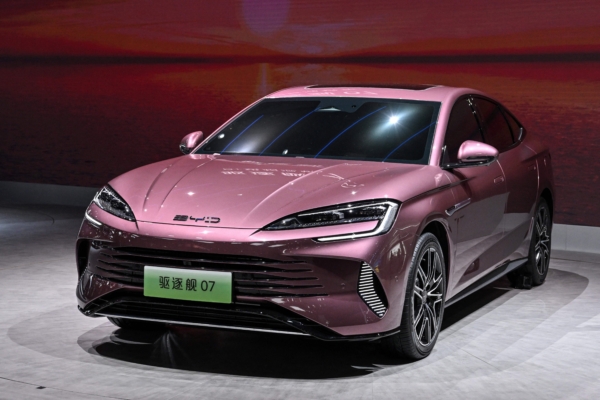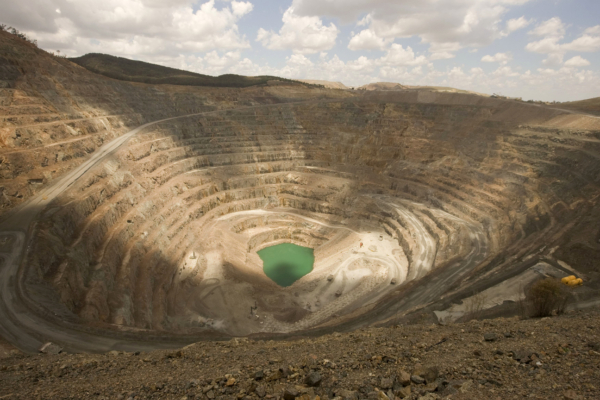The electric vehicle (EV) price war in Australia has intensified as the third Chinese automaker enters the race with a significant price drop.
Great Wall Motor (GWM), a Chinese car manufacturer, has announced it would slash $4,000 (US$2,700) from the entry model of its Ora, an electric hatchback, bringing the price down to $39,990.
The price cut comes just a few weeks after the car model arrived in the country.
However, it is worth noting that the above pricing is not a drive-away cost, and buyers will have to pay for other on-road costs.
GWM cited a drop in the cost of battery materials and “other factors” for the sudden price reduction.
“The costs of battery technology–the largest single contributing component in EV cost–has fallen recently due to lower raw material prices,” the company said in a statement.
Ora Not the Cheapest EV in the Market
While the significant drop brings Ora’s prices below the $40,000 mark, the electric hatchback is not the most affordable EV in the Australian market.
In June, BYD, another Chinese automaker, launched the electric hatchback Dolphin at only $38,890.
The car is expected to arrive in Australia this October and is only $100 cheaper than the MG4 model of its rival–Chinese-based MG Motor.
Luke Todd, the CEO of EV Direct–the official distributor of BYD Cars in Australia, said the automaker had received over 1,000 pre-orders for the Dolphin since its launch.

The CEO also said BYD had a plan to open “megastores” in Sydney and Brisbane to demonstrate its cars along with service and fulfilment centres.
At the same time, he touted the promising outlook of EVs in Australia.
“We’re in a very unique period of time where a day in the life of EV technology and development is equivalent to about five years in the automotive industry,” Mr. Todd said in comments obtained by AAP.
“We want to demonstrate to more Australian consumers the technology and the safety.
“Electric vehicles are not the future–they’re the present.”
EV Sales Rise in June
GWM’s announcement comes as Australia saw the highest sales level for EVs in June.
According to the Federal Chamber of Automotive Industries, a peak industry body, EV sales reached 8.8 percent in the month, up from 1.1 percent in June 2022.
The new record was broken despite the sub-$40,000 vehicles not showing up in sales figures.
If considered car sales data in the first six months of 2023, battery electric cars made up 7.4 percent of all new vehicles sold in the country.
Tesla’s Model Y continued to be the most popular EV and surpassed Ford Ranger to become the second-best-selling vehicle behind Toyota HiLux.
“The early adopters of the new powertrain technology continue to push up the sales of electric vehicles across the country,” Chamber CEO Tony Weber said.
“The steady introduction of new battery electric models across all model segments at more competitive price points is critically important as we deal with the challenges of supplying electric vehicles that meet business and personal consumer needs at prices the mainstream buyers can afford.”
The Huge Environmental Costs of EVs
While Australian consumers may get excited about the prospect of EVs getting more and more affordable, not many people are aware of the considerable impacts that EV manufacturing has on the environment.
More demand means more mining activity is needed to support the new technology, which can reach an astounding level.
In the recent World Mining Congress, Sherry Duhe, the interim CEO of Newcrest Mining, revealed that it took ten tonnes of mining to produce a single EV.
“And when you think about that in terms of being six times the total material you need for a conventional vehicle, it just shows you the enormity of the problem and the challenge that we’re facing,” she said.

In May, Australian mining magnate Gina Rinehart made a similar statement.
“You simply can’t build minerals-guzzling electric vehicles without massive mines. The average electric vehicle contains over 206 kilograms of copper, lithium, nickel, manganese, cobalt, graphite, and rare earth elements,” she said.
Australians purchase over a million cars on average each year, indicating the country will need to mine at least 206 million kilograms of the above minerals yearly.








